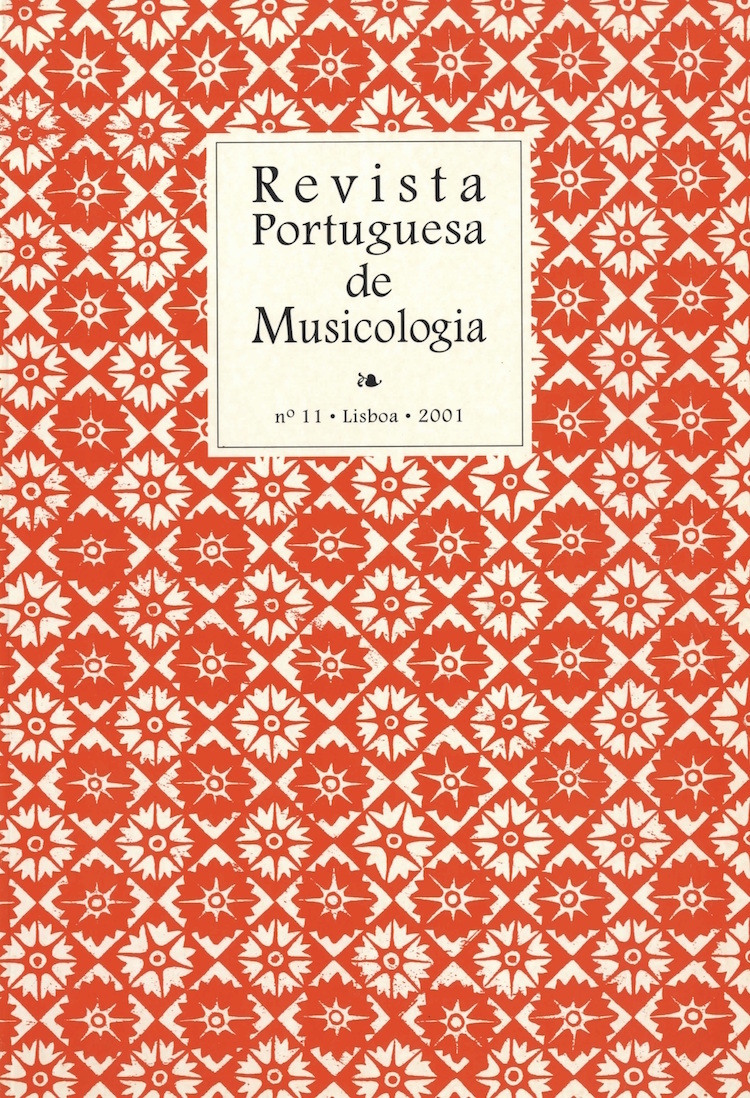Invoking Pedro de Escobar: The Persistence of Cananea and the Placing of Tradition
Abstract
The uniquely Iberian Clamabat autem Gospel motets are tacitly linked to the city of Seville; composers who set the text, with but one exception, had ties to the city. The composers furthermore made prominent reference to the setting of Seville's Portuguese-born chapel master, Pedro de Escobar. While composers may have engaged with Escobar's setting to pay homage, they were more pointedly drawing on the referential power of the popular setting. Furthermore, an examination of Seville cathedral canon Alonso Mudarra’s intabulation of the motet reveals that la Cananea was included in his 1546 publication for reasons that went beyond its musical prestige, pointing to its continued presence in the city. This study consider issues of modeling and locality by exploring the persistence of Escobar's motet - on its own and in later settings - as well as the broader cultural resonance of its protagonist, the woman of Canaan, as an emblem of faith and conversion.






